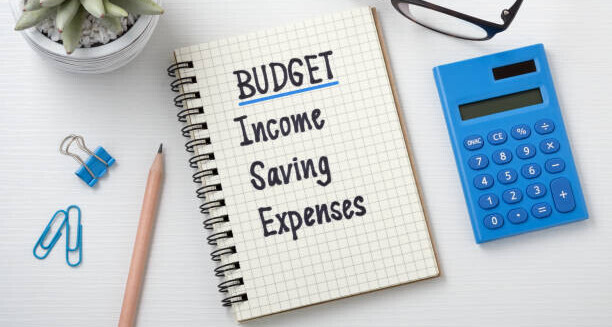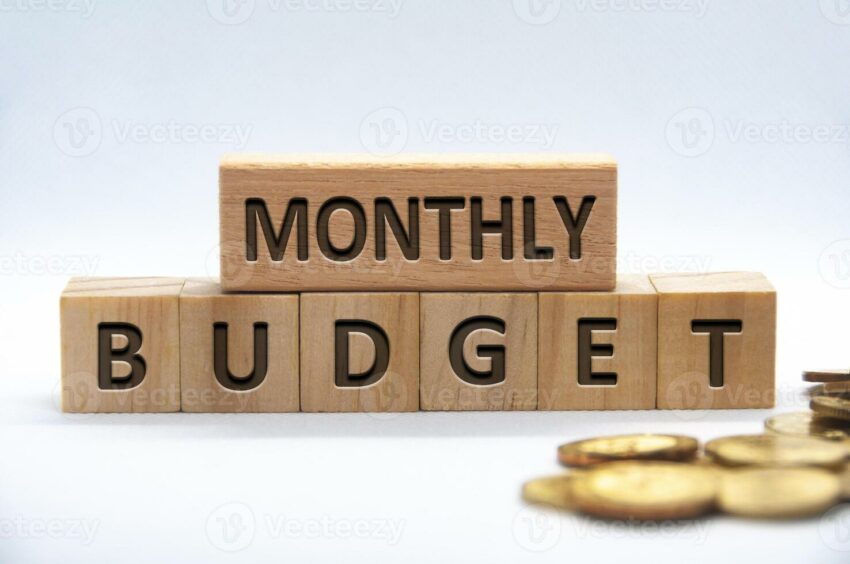Budgeting is the cornerstone of financial health and stability. A well-crafted budget can reduce stress, improve your financial outlook, and pave the way to achieving both short-term and long-term goals. Follow these 10 steps to create a foolproof monthly budget that works for you.
Understanding the Basics: Why Budgeting is Essential
Budgeting ensures you have a clear understanding of your income, expenses, and financial goals. It helps tackle common financial stressors such as unexpected bills or overspending, providing peace of mind. Popular budgeting methods like the 70-10-10-10 rule, the 10% rule, and the 50/30/20 rule can guide your financial planning effectively.

Diving Deep: Introduction to Key Budgeting Principles
- What is the 70-10-10-10 Budget Rule? The 70-10-10-10 rule allocates 70% of your income to living expenses, 10% to savings, 10% to debt repayment, and 10% to charitable donations or investments. This method prioritizes balance and ensures all financial areas are covered.
- What is the 10 Rule Budget? The 10% rule encourages you to save at least 10% of your income consistently. It’s a simple, effective way to build a habit of saving without overwhelming your budget.
- What is the 50/30/20 Rule of Money? The 50/30/20 rule divides your income into three categories: 50% for needs, 30% for wants, and 20% for savings or debt repayment. This structure promotes disciplined spending and saving.
To see how these percentages apply to your income, use these calculators: 50/30/20 Budget Calculator for dividing expenses into needs, wants, and savings, Zero-Based Budget Calculator to allocate every dollar of your income, and 70/20/10 Rule Calculator for prioritizing expenses, savings, and debt repayment.
Step-By-Step Guide: Crafting Your Monthly Budget
- Set Clear Financial Goals Define short-term (e.g., saving for a vacation) and long-term (e.g., retirement) goals to guide your budget.
- List All Sources of Income Include your salary, side gigs, and any passive income.
- Document Necessary Expenses Account for housing, utilities, groceries, and transportation.
- Track Spending Habits Use bank statements or apps to identify spending patterns and leaks.
- Implement Adjustments Prioritize savings and reduce non-essential expenses to align with your goals.
- Use Budgeting Tools Apps like Mint, YNAB, or spreadsheets can simplify tracking and adjustments.
- Automate Savings Set up automatic transfers to savings accounts to stay consistent.
- Prepare for Emergencies Build an emergency fund to handle unexpected expenses without disrupting your budget.
- Review and Revise Regularly evaluate your budget to ensure it’s working and adjust as necessary.
- Stay Disciplined Stick to your budget to achieve financial stability and reach your goals.
For a comprehensive list of the best budgeting apps and tools for 2025, please refer to this article: Forbes.
Tools and Techniques: Streamlining the Budgeting Process
- Top Budgeting Apps: Compare apps like YNAB, Goodbudget, and EveryDollar.
- Automate Savings: Use bank tools or apps to schedule regular transfers.
- Seek Professional Guidance: Financial advisors can offer personalized advice.

Overcoming Challenges: Adapting Your Budget
Budgeting is not a one-size-fits-all process. Unexpected expenses, changing goals, or fluctuating income require flexibility. Review and revise your budget regularly to keep it effective. Staying motivated is crucial; celebrate small wins to maintain financial discipline.
Success Stories:
Chari and Martell: Facing differing financial habits, this couple adopted the YNAB (You Need A Budget) app. By learning to budget together, they paid off $9,000 in debt and strengthened their financial partnership.
Renee, 27, from Sydney: Embracing AI-powered budgeting tools, Renee saved $5,000 by receiving personalized suggestions for budgeting strategies and investment opportunities. She states, “It provided detailed insights on investment options, helping me understand concepts like bonds, mutual funds, and index funds.”
Jessica I. from Washington: After adopting the EveryDollar app, Jessica and her family paid off $10,000 in credit card debt within three months. They also built a substantial emergency fund and saved for vacations and a car. Jessica shares, “We now have permission to spend… I can do that without feeling guilty because I know we have the money in our budget!”
These stories highlight how leveraging budgeting apps and tools can lead to significant financial improvements and personal empowerment.

Conclusion: Building a Foolproof Budget Plan
Creating a foolproof monthly budget requires commitment, but the rewards are worth it. By following these 10 steps, you’ll gain control over your finances and set the stage for long-term success. Start today and watch your financial health improve one month at a time.
Prepare for life’s milestones with the help of interactive budget calculators from Goodbudget, NerdWallet, and Bankrate.
Share this guide with friends or family members who want to master budgeting. Comment below with your favorite budgeting tip or tool!

